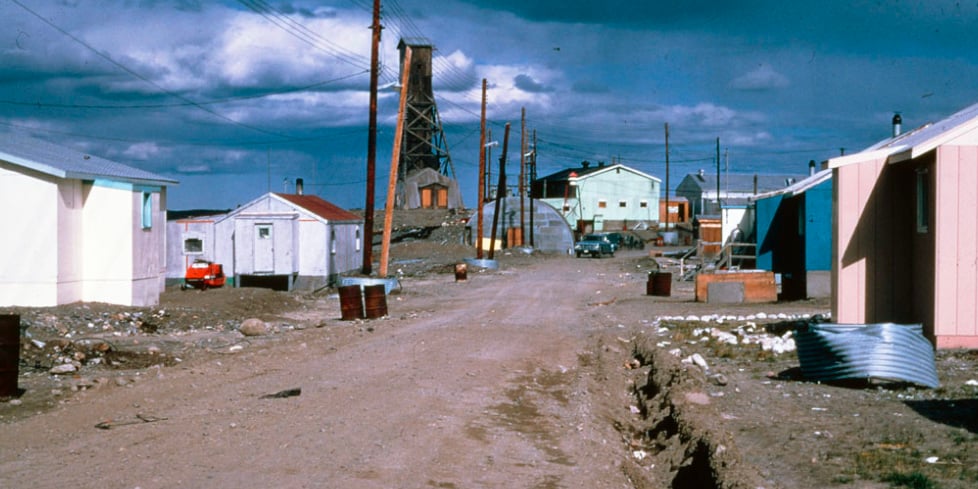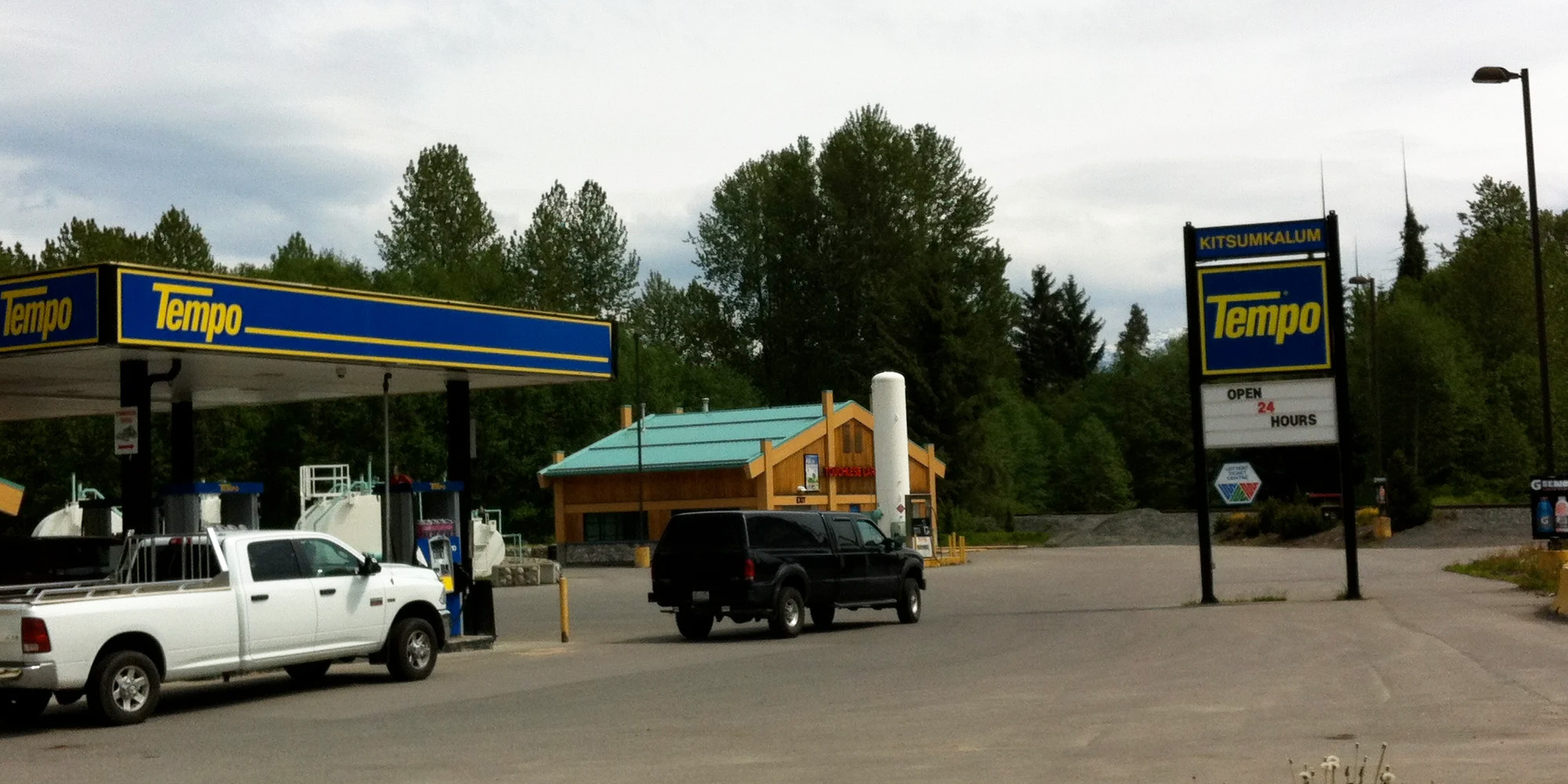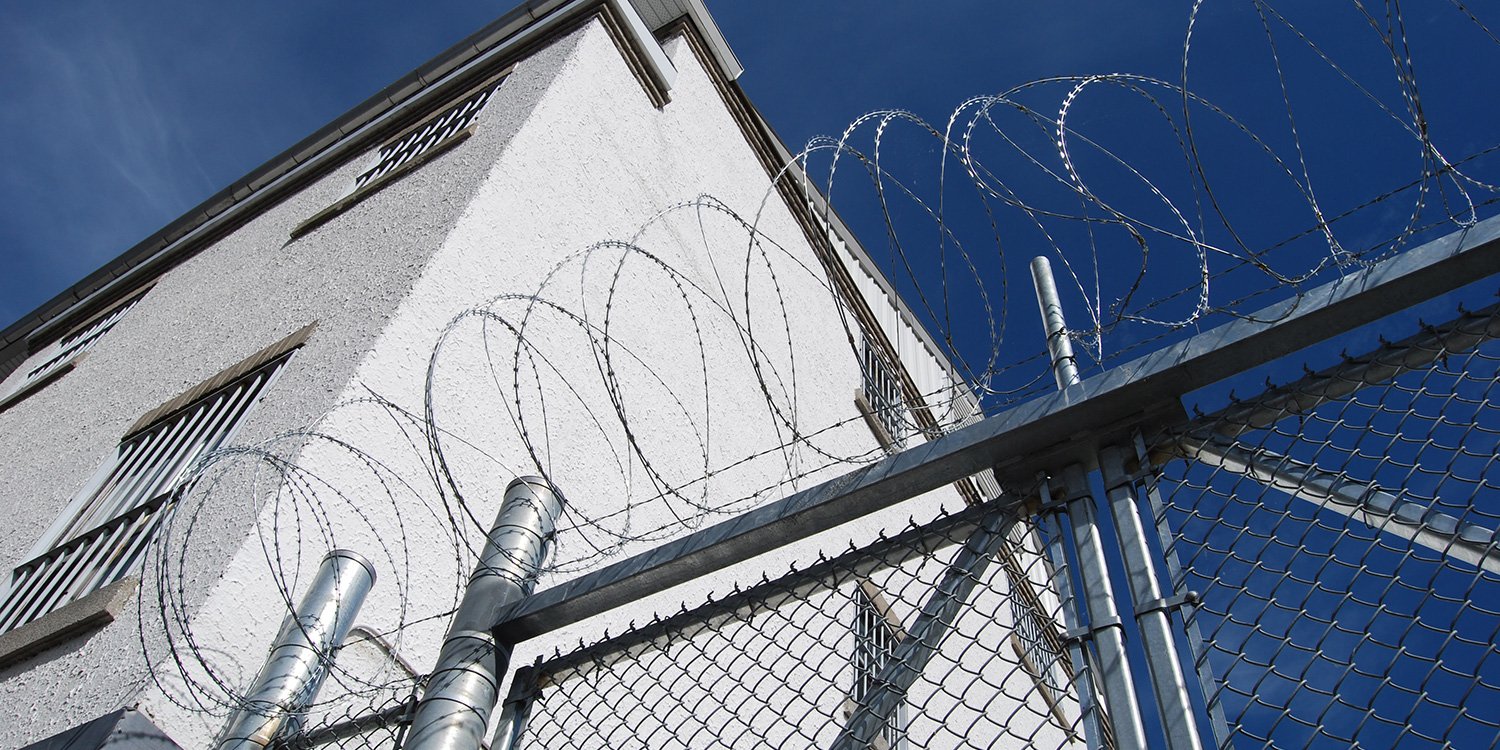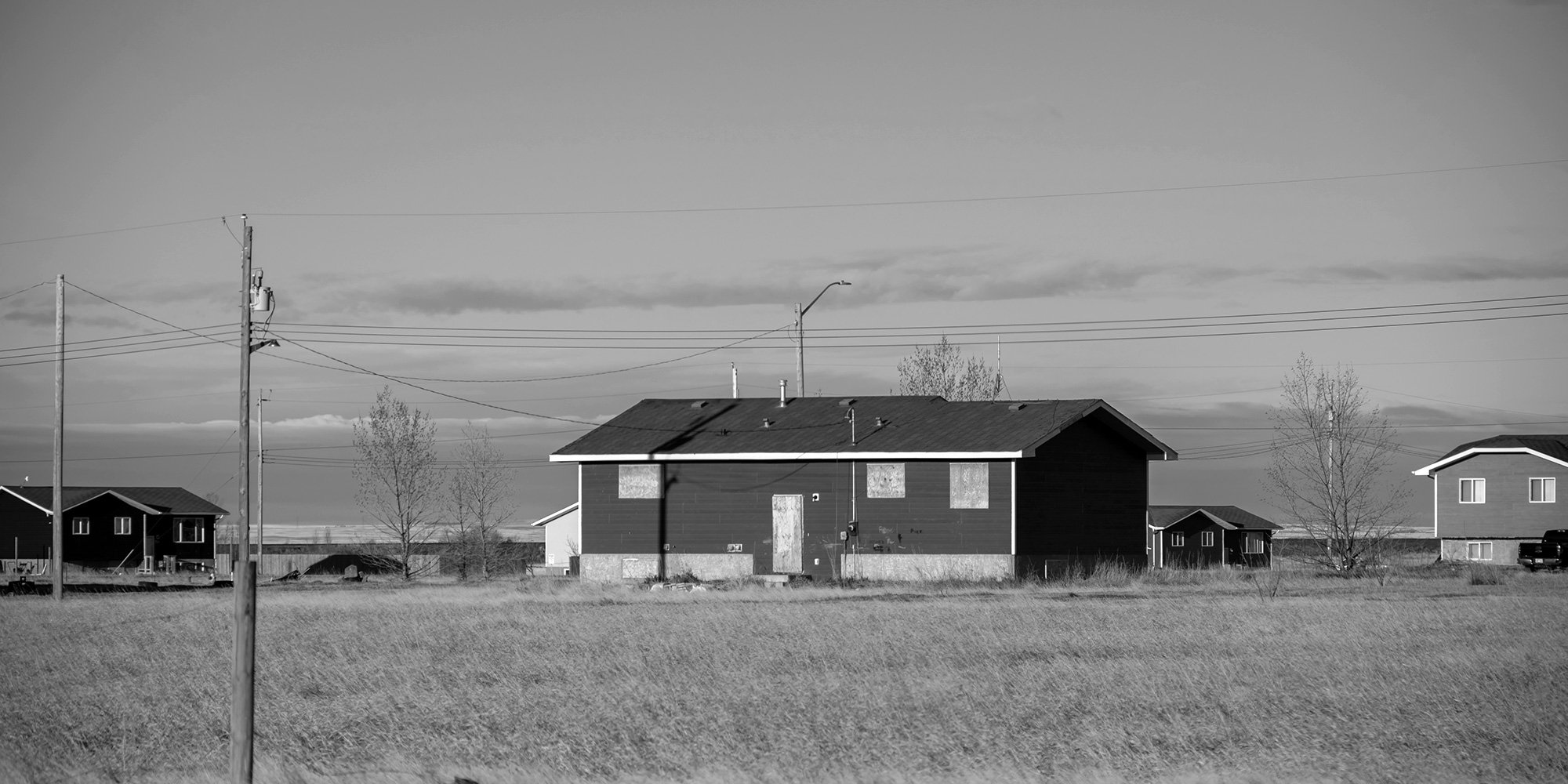Myth #2: First Nations Have No Restrictions on Reserve Lands
Myth #2: First Nations have no restrictions on reserve lands. Reality: This is another myth I frequently hear in my workshops. It supports the...

Reality: Indigenous People can apply for social housing programs offered by the Canada Mortgage and Housing Corporation (“CMHC”). CMHC offers many programs to assist Indigenous and non-Indigenous people in meeting their housing needs. For Indigenous People, the assistance programs only apply to reserve land dwellings.
The housing programs for Indigenous People are mainly designed to give low-income families access to rental housing. Bands and First Nations that meet CMHC lending criteria apply to a bank for conventional mortgage funds to finance the social housing construction, usually with CMHC providing loan insurance. The band rents the housing units to its members and maintains the mortgage.
On many reserves, except some that have developed self-government agreements, the house is owned, but the land is not – therefore, it cannot be sold - which makes it impossible to build up equity in your home, as is possible for non-Indigenous people.
Reserves are finite in size, so there is no room for expansion - when the space available for housing reaches its maximum capacity, that’s it, which makes accommodating population growth a challenge. As Indigenous people are the fastest-growing segment of Canada's population, with more than half the population under the age of 25, this means the additional challenge of available building space will become an issue for some reserves.
The Assembly of First Nations and the Institute of Fiscal Studies and Democracy released a joint study in 2021 that identified the need for housing in First Nation communities at about 55,000 new units and 81,000 renovations on reserve. The population growth rate and the need for more adequate housing results in people living in unhealthy and overcrowded conditions. Safe, affordable and adequate housing is recognized as a social determinant of health and a condition for community and economic development.
There are a number of myths out there regarding Indigenous Peoples so we decided to compile them and associated realities into an ebook. Sign up for our newsletter to download your copy today.
This post was updated in January 2023.
Featured photo: Reserve housing, 1978-1988. Photo: George Mully / George Mully fonds / Library and Archives Canada / 5098493 ; Copyright: Estate of George Mully

Myth #2: First Nations have no restrictions on reserve lands. Reality: This is another myth I frequently hear in my workshops. It supports the...

Indigenous people account for less than five percent of the Canadian population, yet represent 25 percent of the total inmate population. Canada is...

Indigenous People face the worst housing outcomes in the country. Hon. Marc Miller, Minister of Crown-Indigenous Relations [1] To understand the...